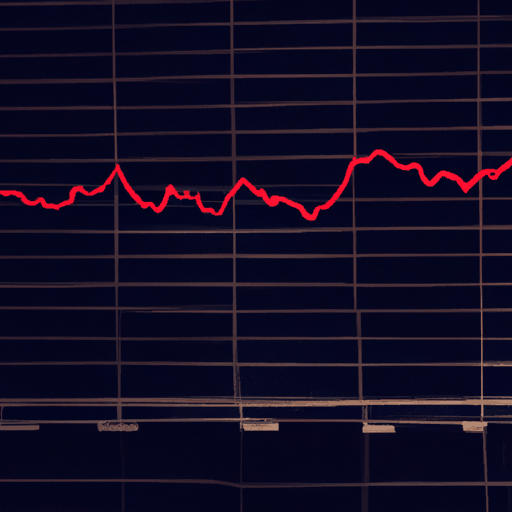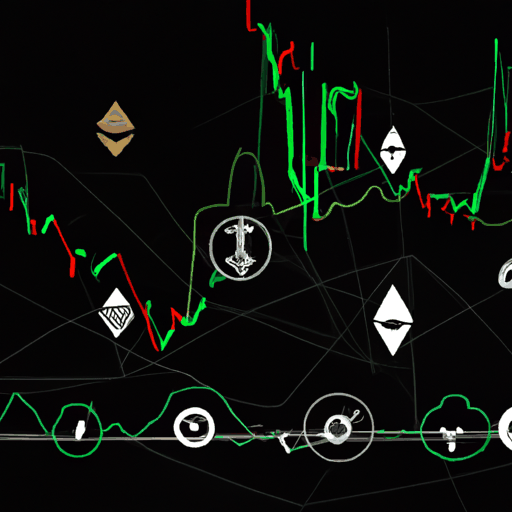
US Unemployment Rate Climbs to 4.1% Amid Job Market Shifts
By: Eliza Bennet
Mixed Economic Signals as US Unemployment Rate Hits 4.1%
In a notable shift in the labor market landscape, the US unemployment rate has risen to 4.1%, marking the highest figure since November 2021. This development is slightly above the anticipated 4.0% and has generated a mixed reaction across financial markets. Despite the rise in unemployment, nonfarm payrolls exhibited a positive trend, increasing by 206,000 jobs and surpassing the expected 190,000.
The latest data has had a direct impact on financial indices. The US Dollar Index (DXY) dipped below 105, reflecting a softer dollar, while the yield on the US 10-year Treasury note declined to 4.3%. These shifts underscore the complex dynamics at play in the current economic environment.
In the realm of digital assets, Bitcoin has maintained its position, hovering around the $55,000 mark. This stability in Bitcoin's value highlights a divergence between traditional financial indicators and the performance of digital currencies.
The positive increase in nonfarm payrolls suggests a resilient labor market, but the rise in the unemployment rate signals potential underlying challenges. Market participants, prior to this jobs report, had already anticipated nearly a 70% probability of lower rates in September, a sentiment reflected in tools such as the CME FedWatch Tool. As these economic indicators evolve, they will likely continue to play a significant role in shaping monetary policy and financial market responses.



